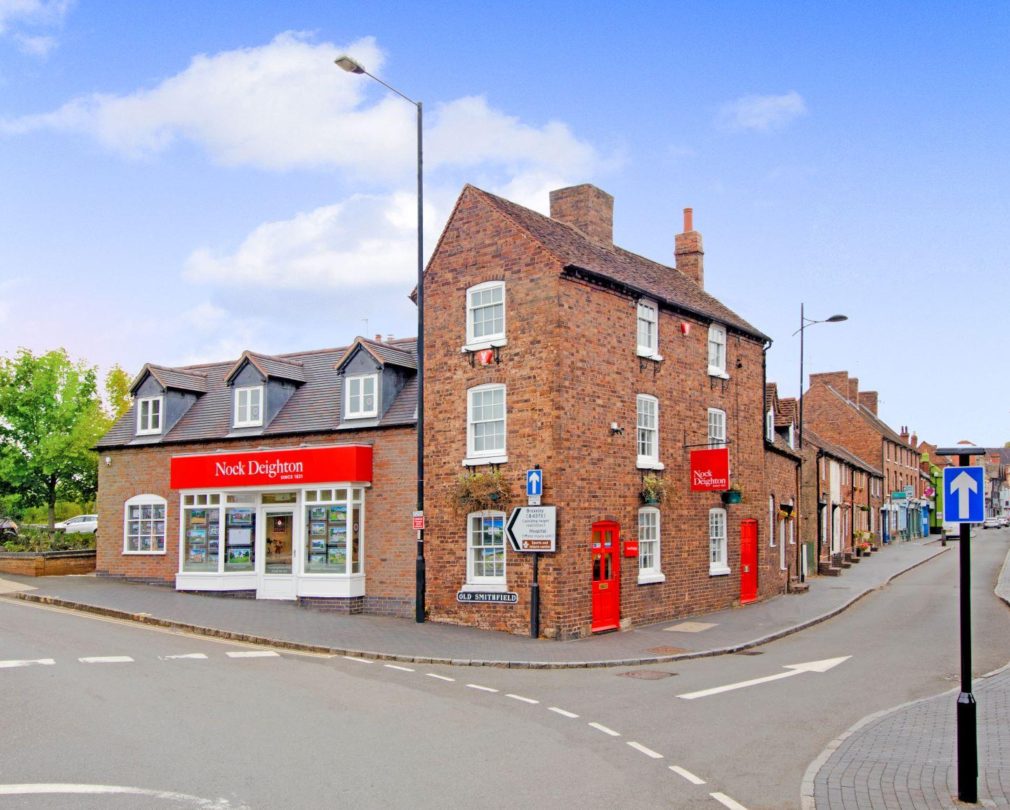
Is ‘Build To Rent’ the future of the Private Rented Sector?
According to the ONS Private Rental Sector 2018 Report, the number of households in the private rented sector increased from 2.8 million in 2007 to 4.5 million in 2017, equating to a 61% increase in 10 years.
There has been a consistent decline in the number of new rental listings across the country as a whole since 2017. This is partly due to the continued exodus of mortgaged Buy-To-Let landlords from the rental market – reportedly over 180,000 mortgage redemptions since 2017.
Constant changes in legislation and the reduction in tax reliefs available to individual landlords has spurred this transition, encouraging hundreds of ‘accidental’ and smaller time landlords to sell out.
The number of lettings has been relatively constant however. This means there has been stable demand but falling supply, pushing up rents at a national level. Demand has been particularly strong over the last 18 months as the ‘race for space’ has gathered momentum!
Rental homes are set to remain in high demand with house prices currently rising at their fastest rate in over 15 years. This means many first time buyers will struggle to access home ownership, and will now be renting for longer.
It is estimated the private rented sector was worth £10 billion in 2019 and is set to grow by a further £200 million.
Corporate Investors backing Build To Rent Projects
For many years the Government has indicated it would like to see the UK’s Private Rental Sector ‘professionalised’, and has set about encouraging Institutions and Corporations to invest in the private rented sector.
More people are turning to long term renting as a life choice or an option, rather than a tick box to owning their own home.
If more people want to rent, and for longer, then investors and housebuilders will inevitably shift more focus to this growing segment of the housing market.
Corporate Investors have been attracted by the opportunity to diversify their portfolios with residential property under Build To Rent schemes, while securing capital growth and reasonably stable yields.
Global Financial Institutions, pension and insurance companies such as AXA and Goldman Sachs have partnered with house builders and invested millions into Build To Rent developments all over the UK.
Build to Rent Branching into Suburban Locations
While London currently remains the most popular location for Build To Rent investors, planning policy and higher costs are now causing many investors to focus on other cities such as Telford, Birmingham and the West Midlands.
Currently, circa 2.3 million privately rented households live in suburban locations, with less than 1% of this provided by institutional landlords.
Nearly all suburban Build To Rent schemes are houses rather than apartments, which are more appealing for families. More than a quarter of tenants on suburban Build To Rent schemes are families, a much greater proportion than on urban schemes.
According to the Government’s English Housing Survey, the number of private renters has grown fastest amongst the over 35’s over the past 5 years. Many of these householders are likely to be lifetime renters, given childcare expenses may limit their ability to raise a deposit to buy a home. Households with children also tend to move less frequently to avoid disrupting their children’s education. This makes them attractive tenants for investors seeking stable, long term income streams.
Demand for extra bedrooms for homeworking and access to green spaces rose quickly during 2020, adding to the need for suburban rental properties.
Legal & General launched a dedicated business focused on delivering 1000 new homes for rent in each year in suburban locations, and are now one of the largest corporate investors into British Homes.
Simple Life have built 4000 homes within the UK to date (a total of 53 developments) including Stoke-on-Trent, Wolverhampton and Telford.
Savills advised in their most recent Market Update that the UK’s Build To Rent stock now stands at 62,300 completed homes with a further 39,500 homes under construction. The future pipeline currently stands at 93,800 homes including those in the pre-application stage, which brings the total size of the Build To Rent sector to 195,600 homes completed or in development.
Local, smaller Developers joining the Party!
We are now seeing local property developers are following suit. Many private builders are also property investors, which creates a separate income source for long term pension planning, or rainy days when the housing market is in decline.
“Instead of buying older properties and maintaining them, it makes more sense to build your own properties/apartment blocks from scratch (or complete conversion projects) from scratch and know the building from the outset” said one of our current Landlord clients.
Do Renters prefer Build To Rent?
It is reported that tenants opting for purpose built rental accommodation will on average pay an 11% premium.
Some inner-city developments include private gyms, swimming pools, rooftop bars, sports pitches and concierge facilities, attracting high-earning renters and inflated rents.
Build to Rent developments encourage long term, community living, and generally have less restrictions than privately rented houses, encouraging tenants to treat homes as their own.
But it doesn’t work for everyone. Some individuals and families prefer to choose their own house style and location, the comfort of their own privacy and the flexibility of moving when they are ready.
So there is still plenty of room for private Landlords, for short and long term letting. The key is of course matching the right tenant with the right property and the right landlord, ensuring the tenant is treated respectfully and their home is well maintained.
Dawn Clarke










 Payment
Payment








